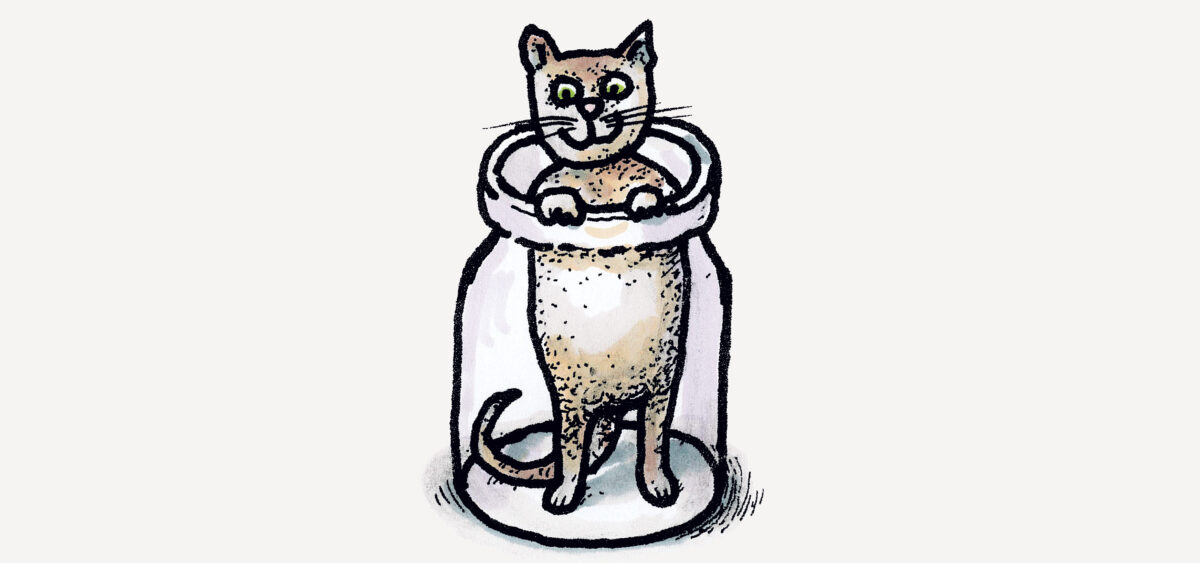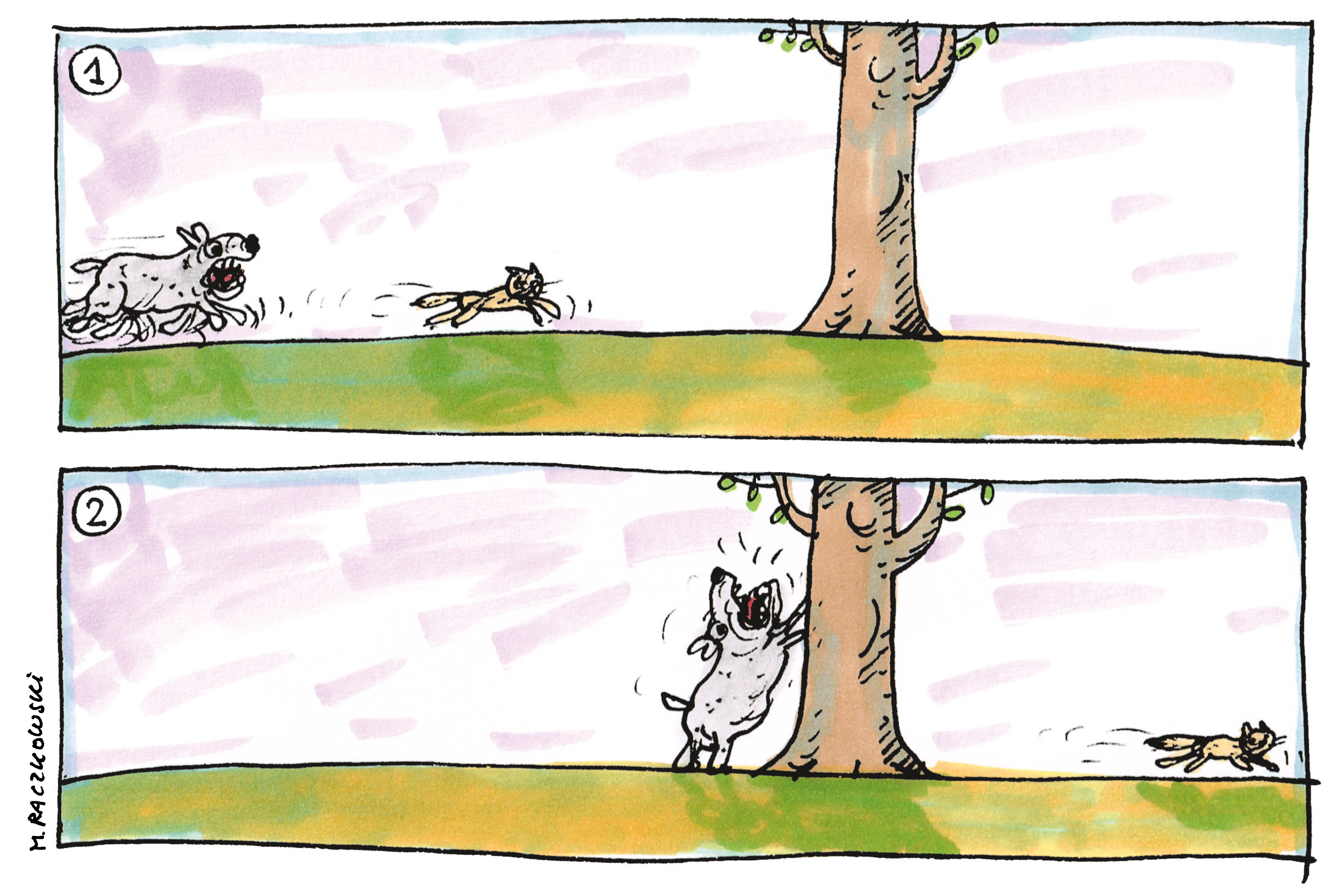
They’re there from the beginning. The first living creature we hear about as babies. Nanny’s favourite animal, hero of lullabies about the big, wide world. From the child’s imagination they slip silently into reality. According to Ernest Hemingway, who lived with 40 representatives of the species, “One cat just leads to another.” People think that cats have not one life, but seven or nine; that they can grant us eternity. “Only my love of cats will redeem me,” wrote Bohumil Hrabal. However, before the inevitable end, there are no doubt many long autumn evenings to come. Maybe you’d like to spend them in the company of 13 randomly-chosen cats. They move freely, almost unnoticed, between the world of wild fantasy and domesticated reality. Because you just never know with cats.

Karaneko
The beautiful Chinese cat that was admired by Japanese aristocrats from as early as the Middle Ages. Admittedly, the maneki-neko cats waving their paws for good luck in almost every Asian restaurant these days have many ancestors in Japanese culture, both serious and playful. They can be found strolling across Japanese woodcuts and kimono patterns, playing football, working and dancing, sitting at the feet of beautiful women, or seducing men.
It was perhaps under the influence of feline love that Tsunayoshi, the fifth shōgun of the Tokugawa dynasty, issued over 100 decrees in the 17th century called shōrui awaremi no rei – an ordinance on mercy towards living creatures. They stipulated, for example, that it was forbidden to abandon sick cows and horses, that the punishment for animal abuse was imprisonment, and that killing a dog carried the death penalty. However, after the shōgun’s death, the decrees were acknowledged as overly oppressive towards humans.
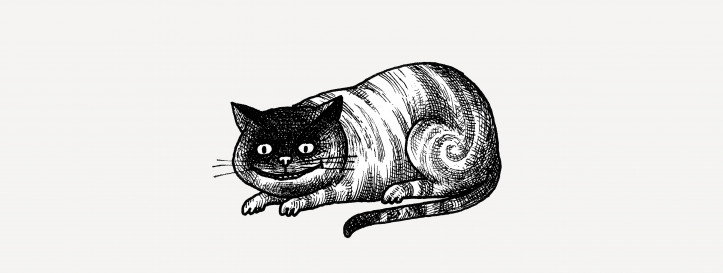
The Cheshire Cat
The well-known character from Lewis Carroll’s Alice in Wonderland, and indeed one of the nicest and politest characters in the whole story. Not only does he never admonish or offend Alice, but when he disappears, he starts from the tail, leaving his smile to the end, and then reappears in reverse, starting from his smile. In fact, the smile never leaves his face. He also maintains a sense that all creatures are closely linked and similar to one another, as evidenced by one of his exchanges with Alice:
“We’re all mad here. I’m mad, you’re mad.”
“How do you know I’m mad?” said Alice.
“You must be,” said the Cat, “or you wouldn’t have come here.”
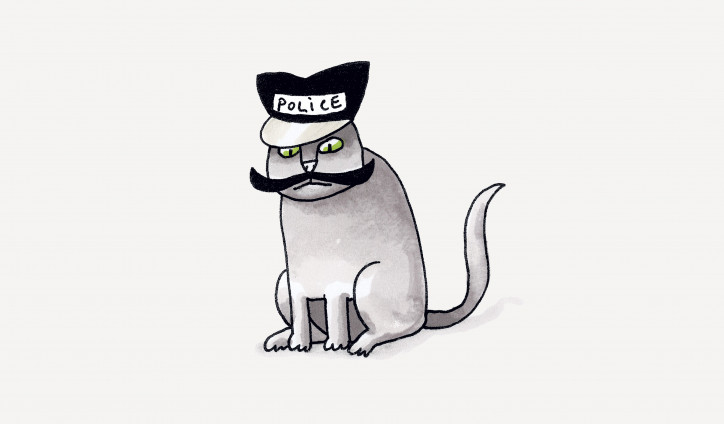
Fred
An agent of the New York Police Department honoured for his role in an investigation into illegal veterinary services. He was born in May 2005, purportedly in Brooklyn. When he was a few months old, suffering from pneumonia and a collapsed lung, he was taken into the care of the municipal services. By spring the following year, he had regained his health and officially begun working ‘undercover’ for the police. Posing as a patient, he exposed an illegal vet who had contributed to the suffering of many animals. He received an award for his work. He was due to begin working as a therapy animal (having completed the training) when he was killed by a car in August 2006.
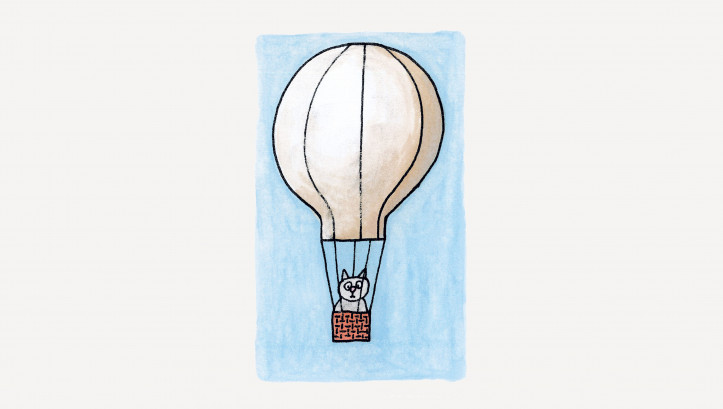
Filuś
A brave cat, one willing to make sacrifices, and the first Polish aeronaut known by name. In 1784, he volunteered to take a flight in a balloon constructed by the astronomer, mathematician and geographer Jan Śniadecki. At least, that’s how the story was told by Franciszek Dionizy Kniaźnin in his poem in 10 songs entitled “The Balloon, or Evenings in Puławy”. The dream of rising into the air, which had been further fuelled by the successful flight of the Montgolfier brothers, was to be fulfilled by the Balloon Society, established for entertainment purposes at the headquarters of the Czartoryski Princes in Puławy. However, the members of the Society had their feet too firmly on the ground to get into the basket themselves. Instead, they sent Filuś.
We don’t know what he looked like. We do know that his relatives discouraged him from following in Icarus’ footsteps: “Oh, daft youth of zealous mind! / Listen to your elders who know better / Where will this mad ambition take you? / Follow your forefathers’ example, don’t be hot-headed / Why? For whom? Which direction will you fly? / You could be with your brothers, making the best of life.” They were right – Filuś was less fortunate than the sheep, rooster and duck that had been sent up in a balloon to a height of about 500 metres the year before. He lost his life, “torn to dry ash wood”. The balloon didn’t fly far.
Luckily, cats have more than one life. It’s perfectly credible that Filuś has been striding through the centuries: over a thousand years ago he was slain while heroically defending King Popiel against mice (as Ignacy Krasicki testified in “The Idylls of the Mice”), and not so long ago he was accompanying Professor Filutek in his regular cartoon spot in “Przekrój”, cheerfully wagging his tail (disguised as a dog – but cats always do as they please).
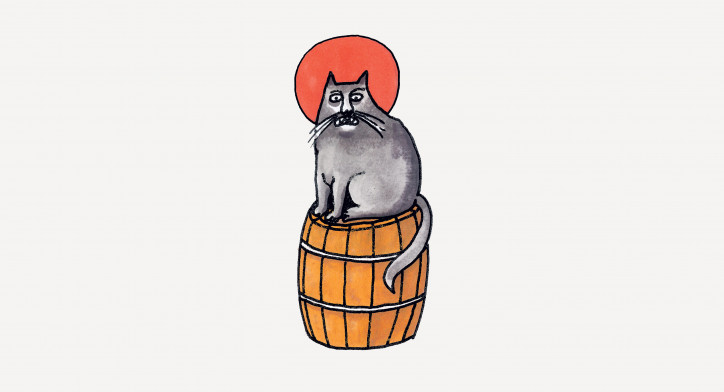
Owinnik
Also known as Gumiennik. The feline Slavic god who watches over the cereal grains. He took the form of a black cat or an old man. In China, he was worshipped by farmers as Li Shou. All these various gods were living among the people (researchers say this was around 10,000 years ago); in exchange for protection against rats and mice, they demanded edible victims. People have labelled this story domestication. Cats dismiss this with silence, sometimes purring indulgently.
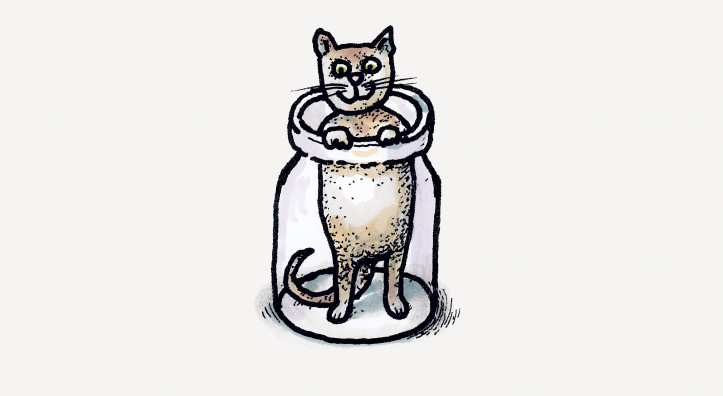
CC
The first cloned cat – in fact, the first cloned domestic animal! She was born on 22nd December 2001. The egg donor was a tabby, and the genetic material came from Rainbow, a short-haired, three-coloured female. In order to create CC (short for Copy Cat or Carbon Copy), scientists at Texas A&M University used the nuclear transfer method. CC turned out to be a defiant individualist and looks slightly different from Rainbow, due to a randomly activated gene responsible for fur colour. Five years later, she gave birth to healthy kittens.
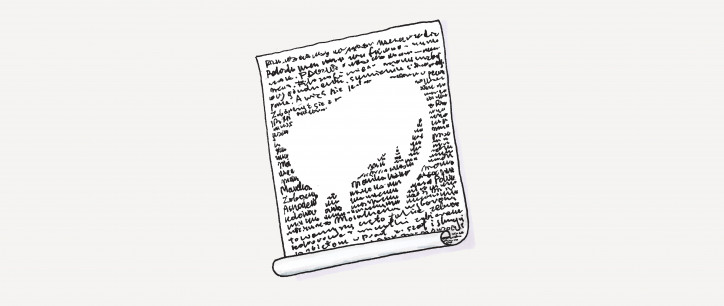
Madame Vanity
The cat who shared his home with French humanist Michel de Montaigne. Apparently, the writer held a deep belief in metempsychosis, the transmigration of souls, which sheds new light on his works. It is possible that the body- and soul-wandering of Madame Vanity led Montaigne to disagree with the Cartesian view that animals differed little from machines. In his view, man by his “vanity […] separates himself from the crowd of other creatures, cuts out the shares of animals, his fellows and companions, and distributes to them portions of faculties and force as he himself thinks fit” (trans. Charles Cotton).
Montaigne wanted to be a vegetarian, but he was too fond of meat. He is said to have felt guilty for being a predator. Empty, unwritten spaces have been found in his manuscripts – most likely where Madame Vanity was lying on the page and Montaigne didn’t want to disturb her. “When I play with my cat, who knows whether I do not make her more sport than she makes me? We mutually divert one another with our monkey tricks: if I have my hour to begin or to refuse, she also has hers” (trans. Charles Cotton).
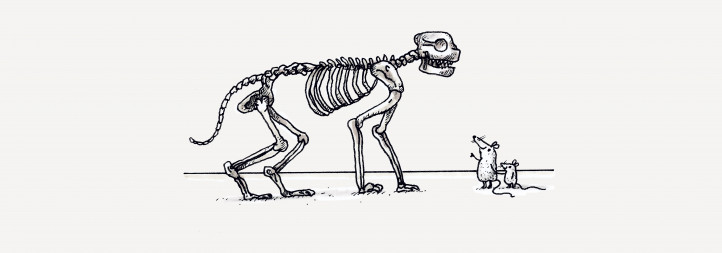
The cat from Shillourokambos
The oldest domesticated cat we know of. His grave, connected to a human grave, was discovered in Cyprus. The cat was eight months old when he died. His body was surrounded by shells, while the man’s remains were encircled with stone tools and ochre, leading archaeologists to believe that they were both important figures. Perhaps the cat was a symbol of religious worship. During his lifetime he travelled the seas – he must have arrived on the island from elsewhere, since his wild cousins were not living there. He resembled Felis silvestris lybica, the Nubian cat full of wild charm.
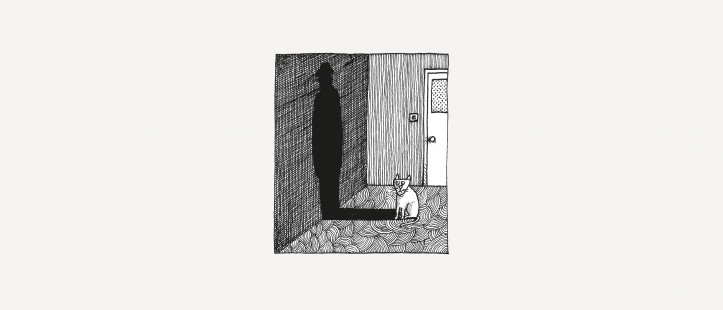
Cat
The hero of Wisława Szymborska’s poem “Cat in an Empty Apartment”. Like all cats, she was perfect in God’s eyes. She lived with Szymborska’s partner, Kornel Filipowicz. When he died, the cat looked into all the wardrobes, ran across the shelves, checked under the rug, and even disobeyed the rules and scattered the papers everywhere. She slept and waited. Szymborska’s poem begins with the line: “Die – you can’t do that to a cat” (trans. Clare Cavanagh and Stanisław Barańczak).
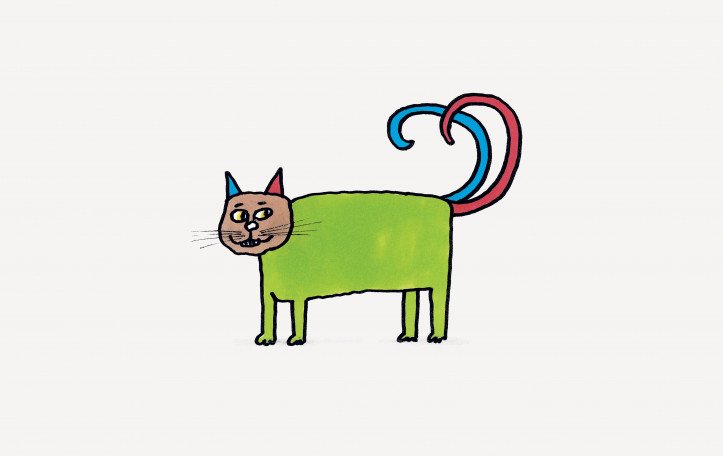
Nekomata
A phantom cat, wild and mischievous, that aroused the imagination of the Japanese. They believed that if a cat lived long enough, its tail would start to split in two (hence it is sometimes called ‘fork-tailed’), and it would become dangerous. One 13th-century folk story describes the nekomata as a creature with eyes like a cat and the body of a huge dog, which devoured eight people in one night. On the beautiful woodcuts of Toriyama Sekien from the 18th century, the nekomata stands on the porch on its hind legs, with a double tail and a washcloth tied on its head. It is accompanied by two other cats: one sits in the house, while the other, a wild cat, is in the garden. This magical creature is literally on the threshold between the world of people and nature.
If a cat grows old and its tail does not split, it can become a bakeneko, or ‘monster cat’. You never know if a bakeneko will devour you or play a less malicious trick: start talking in a human voice, dance with a washcloth on its head, or possess someone. They were also able to take the form of a woman.
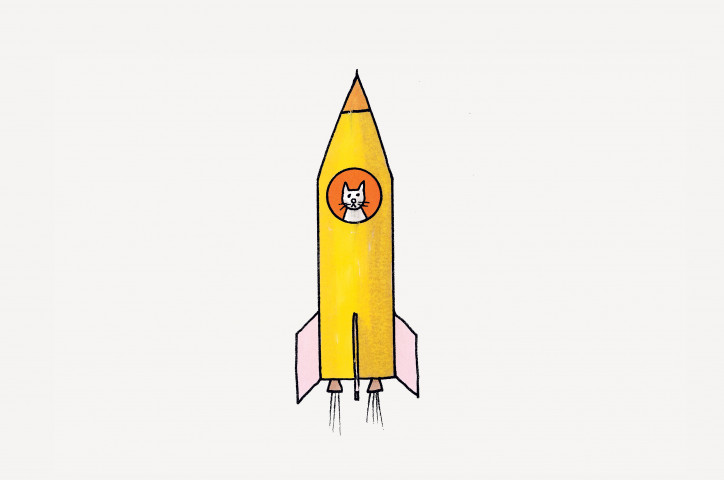
Félicette
The French astronaut who spent 10 minutes and 35 seconds in space. The flight was launched on 18th October 1963 and ended with the successful landing of the capsule on parachutes. Félicette, along with 13 other cats, had previously undergone training at the Centre d’enseignement et de recherches de médecine aéronautique, where tests were carried out in decompression chambers and centrifuges. Originally, it was a tomcat named Felix who was supposed to fly into space, but he escaped from the scientists just before the launch. Instead, they selected the black-and-white female, who had been found as a stray in Paris. Shortly after the flight, Félicette became famous, and even had a documentary film made about her, but little was heard of her after that.
She is thought to be the only cat that has completed a space flight. Our thoughts go out to all those whose landings were less successful.
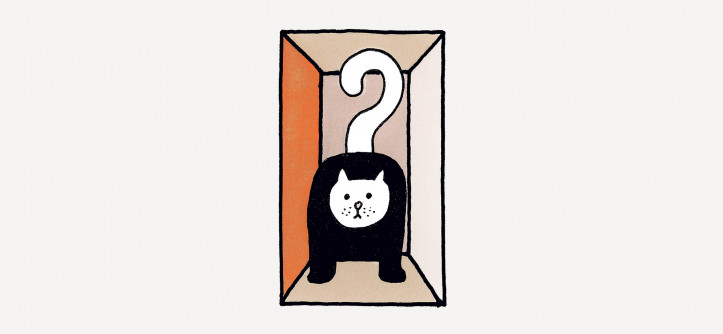
Schrödinger’s cat
The most mischievous and elusive cat of all – not even a cat, but a thought experiment. Furthermore, this experiment is at odds with common sense, because it can’t be carried out in the macroscopic world that we know. Many cat owners will be nodding their heads now: their cats are exactly the same – they’re from another world and they pay scant regard to our rules! But hold on a second: the problem with Schrödinger’s cat is that it’s alive and dead at the same time. In the 1930s, Austrian physicist Erwin Schrödinger locked the poor cat in a container with poison gas, a single unstable atom (a source of radiation), and a detector that releases poison when it detects radiation. Of course, it was all theoretical – no cat was harmed during this experiment.
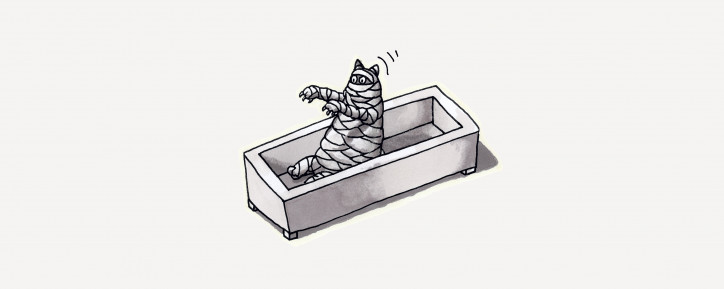
Miuti
The cat of Prince Tuthmose, son of Pharaoh Amenhotep III. On her beautifully decorated limestone sarcophagus, she is depicted like any other respectable deceased Egyptian, a sacrificial table in front of her laid with meat and other sacrifices. Herodotus wrote: “In houses a cat has died by a natural death, all those who dwell in this house shave their eyebrows, thus showing mourning.” Cats were mummified quite simply: the body with the guts removed was dried on the sand and then bandaged in a sitting or lying position. There is a famous mummy of a cat lying on its side, which was probably the position it liked the most.
Cat mummies were also used in the cult of Bastet, a woman with a cat’s head – a goddess of destructive strength, but also the patron of pregnant women. Bastet, like every cat, is menacing with her murderous impulses, but at the same time mischievous and playful. During celebrations, rivers of wine would be poured in her honour.
Nobody knows how many cat mummies were created in Egypt. Only in Beni Hasan on the east bank of the Nile have they been found in abundance. The British took them by ship back home, where they were used as fertilizer.


